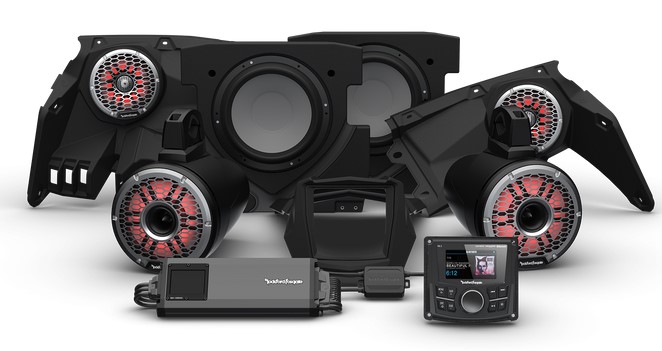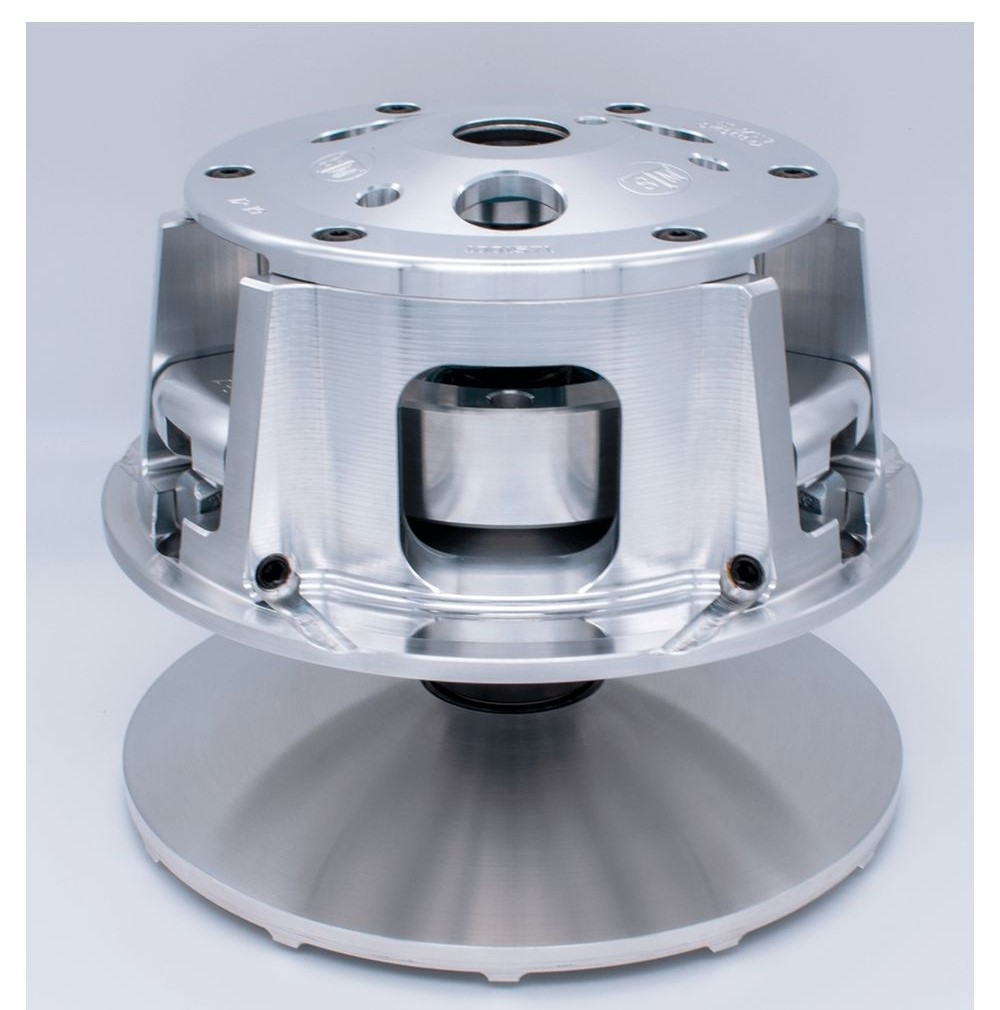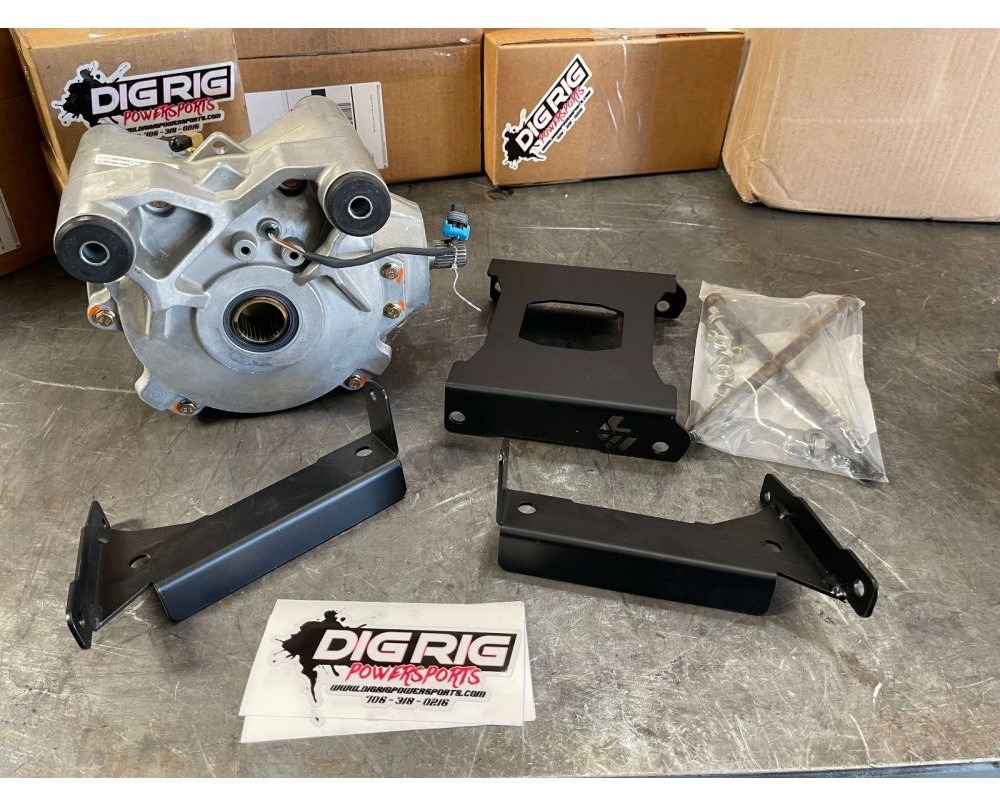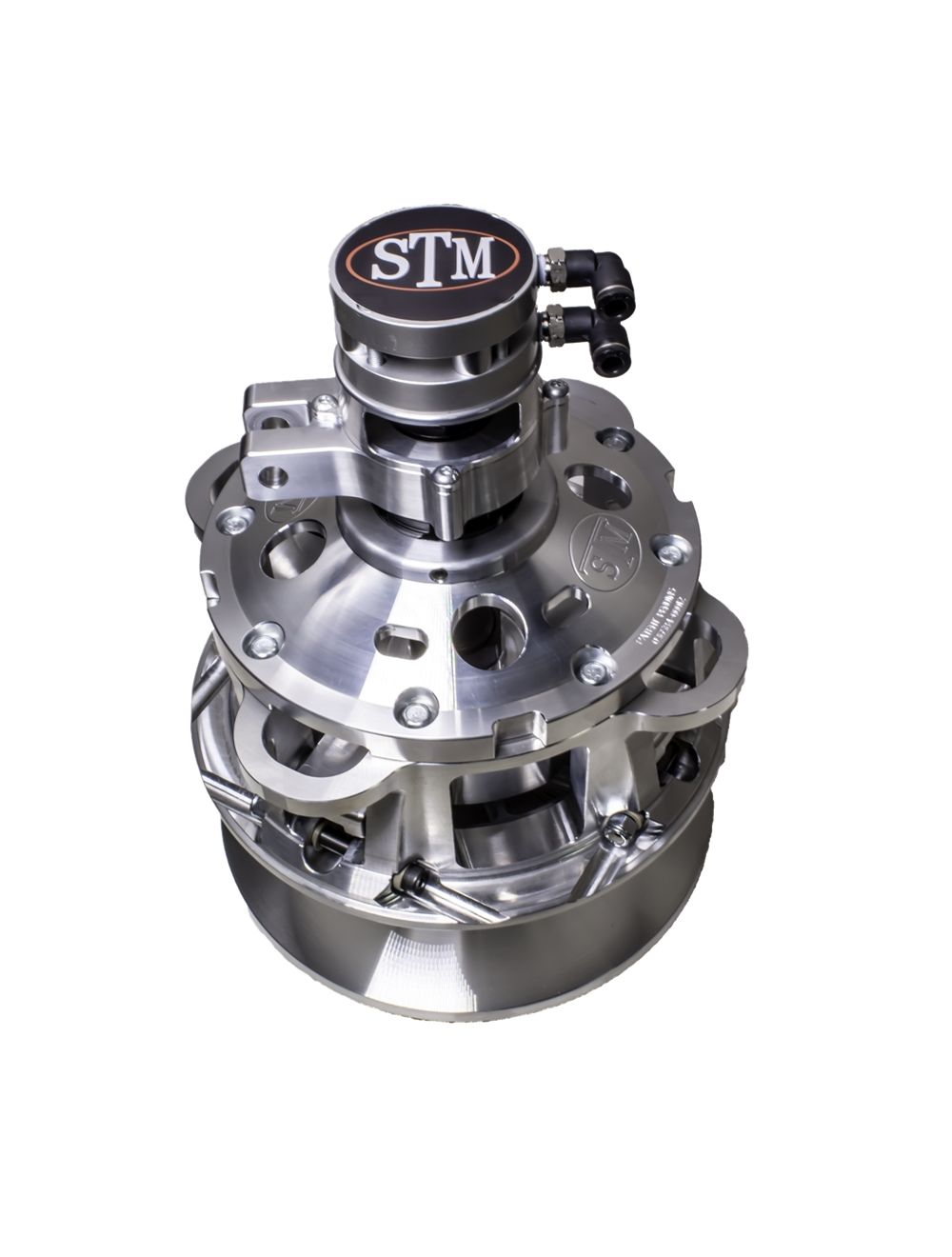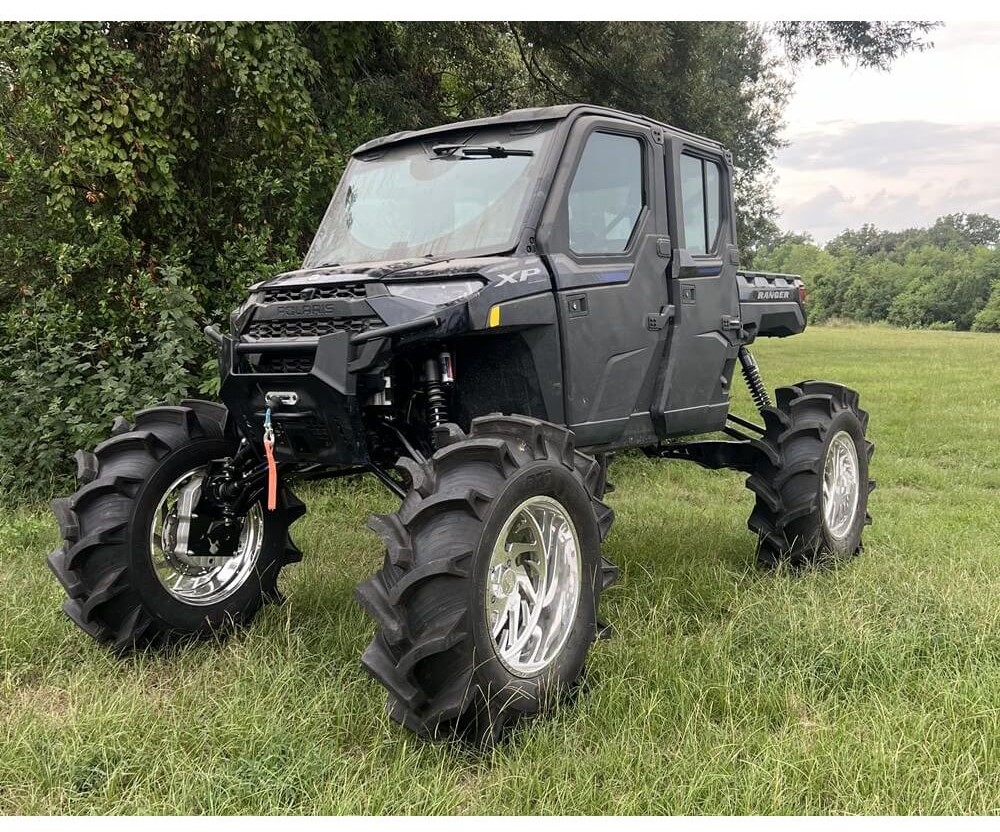Can-Am Maverick 1000 Clutch Kit Problems: Fixing RPM Hunting & Harsh Engagement
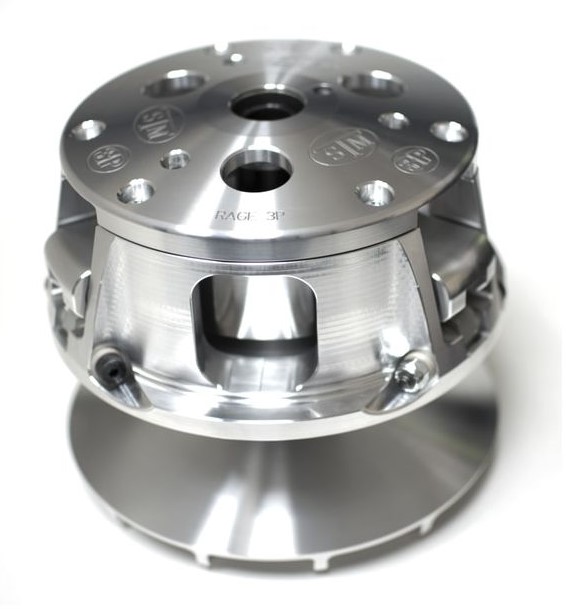
If you own a 2013–2015 Can-Am Maverick 1000, you already know it’s a powerhouse. But even this beast can be a little temperamental when it comes to clutch performance. Over time, many riders notice issues like surging RPMs at mid-throttle, jerky take-offs, or uneven power delivery. These aren’t just small quirks; they’re common signs of Can-Am Maverick 1000 clutch kit problems. Two of the biggest complaints are RPM hunting and harsh engagement, both of which can make your ride less enjoyable and even cause extra wear on your machine. The good news? These problems can be fixed with the right setup and maintenance.
In this guide, we’ll explain what causes these issues, how to solve them, and how to choose the perfect clutch kit for your riding style: whether you stick to trails, tackle deep mud, or ride in a mix of conditions.
Understanding Can-Am Maverick 1000 Clutch Issues
The original Mavericks are known for raw power, but their clutch systems need the right setup to transfer that power smoothly. Without proper tuning, you can end up with erratic engagement, belt wear, or performance loss.
Common Problems in 2013–2015 Models
Early models often suffer from:
- Maverick 1000 clutch problems 2013–2015 related to outdated spring and weight calibrations.
- Premature belt wear from aggressive take-offs.
- Limited adjustability compared to newer clutches.
Why RPM Hunting Occurs in Original Mavericks
Maverick 1000 RPM hunting fix starts with knowing the cause:
- Incorrect clutch weights for your tire size or elevation.
- Springs that are too stiff or too soft.
- Belt glazing or slippage.
Inconsistent RPMs mean your machine can’t hold peak power, making it feel unpredictable on trails or climbs.
Solving RPM Hunting and Harsh Engagement Problems
Identifying RPM Hunting Symptoms
Look for:
- Fluctuating RPMs without throttle changes.
- Feeling like the machine “surges” at cruising speed.
- Loss of consistent pulling power.
These points toward the need for Can-Am Maverick 1000 clutch tuning and possibly replacing worn parts.
Best Clutch Kits for Smooth Engagement
The right kit can dramatically improve the Can-Am Maverick's smooth engagement:
- Adjustable weight systems for fine-tuning.
- Progressive springs for gradual take-off.
- Quality belts to prevent slippage.
Tuning Solutions for 2013–2015 Models
Use a Maverick 1000 primary clutch service to refresh worn components. Match spring rates to your tire size and load. Recalibrate secondary clutch angles for consistent backshift.
Clutch Kit Selection for 28–30" Tires
Trail Riding Clutch Setup with 28" Tires
If you’re into Can-Am Maverick trail clutching, 28" tires are a sweet spot: Lighter weights for quick acceleration. Moderate spring rates for mixed terrain. Maverick 1000 28-inch tires, clutch kits with adjustable features work best.
Mud Terrain Gearing for 30" Tires
For Maverick 1000 mud clutch setup with 30" tires: Lower gearing and heavier springs to push through thick mud. Maverick 1000 30-inch tire clutching often benefits from upgraded helix angles for torque.
Balancing Performance and Reliability
Too aggressive a setup can cause Can-Am Maverick 1000 belt issues. A balanced approach keeps acceleration strong while extending belt life.
Primary and Secondary Clutch Servicing After Kitting
Installing a new kit is just the start; maintenance keeps it performing.
Recommended Service Intervals
Follow a Maverick clutch servicing frequency of: Every 1,000–1,500 miles for light use. Every 500–800 miles for heavy mud or sand riding.
Signs Your Clutch Needs Maintenance
Sluggish take-off. Noticeable RPM hunting returning. Belt dust buildup. These are cues to perform Can-Am Maverick secondary clutch maintenance and possibly a Maverick 1000 clutch rebuild.
DIY vs Professional Servicing
DIY saves money if you have tools and experience. Professional service ensures Maverick 1000 clutch alignment is spot-on.
Best Maverick 1000 Clutch Kit Brands and Options
Choosing a kit is part performance goal, part budget decision.
Top-Rated Kit Manufacturers
Many OG Maverick owners prefer: Kits tailored for the OG Maverick clutch kit installation. Proven reliability in harsh riding conditions.
Budget vs Premium Kit Comparison
Budget kits: Great for stock tire sizes and casual trail riding. Premium kits: Best for performance builds, bigger tires, and riders pushing limits with Can-Am Maverick 1000 performance mods.
Installation and Tuning Tips for Maverick 1000
Professional Installation Considerations
Professionals can measure belt deflection, check Maverick 1000 clutch alignment, and install without damaging components. Reduces risk of voiding warranties.
Fine-Tuning for Your Riding Style
Adjust weight pins for more aggressive or relaxed engagement. Test different spring combos for Can-Am Maverick smooth engagement.
Troubleshooting Common Maverick 1000 Clutch Problems
Quick Diagnostic Techniques
Inspect the belt for glazing or fraying. Check for misalignment in the primary and secondary clutches. Look for excessive play indicating the need for a Maverick 1000 clutch rebuild.
When to Replace vs Repair
Repair if wear is minor and limited to springs, weights, or the belt. Replace if the sheaves are scored, cracked, or warped.
Complete Guide & Expert Assistance
Owning an OG Maverick means understanding its personality, and its clutch system is the heart of that. From diagnosing Maverick 1000 RPM hunting fix issues to setting up the right Maverick 1000 28-inch tires, clutch, or Maverick 1000 mud clutch setup, the right Can-Am Maverick 1000 clutch kit transforms how your machine rides. Keep up with Maverick clutch servicing frequency, invest in quality kits, and match tuning to your terrain.
If you’re ready to eliminate Can-Am Maverick harsh engagement and experience true Can-Am Maverick smooth engagement, contact us we’ll help you get the setup that makes your Maverick perform like it should.

